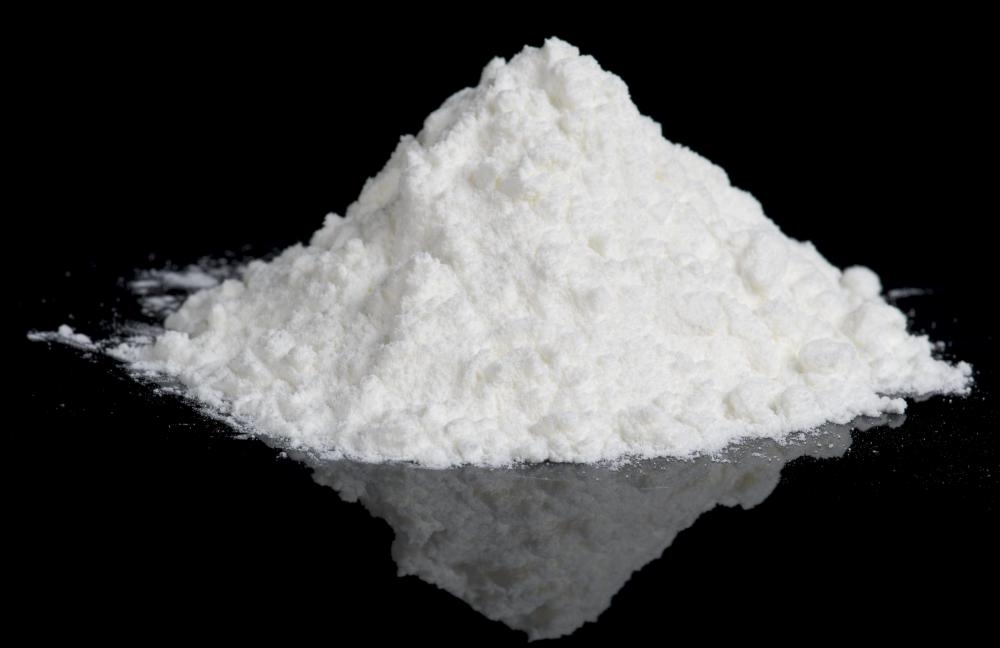At WiseGEEK, we're committed to delivering accurate, trustworthy information. Our expert-authored content is rigorously fact-checked and sourced from credible authorities. Discover how we uphold the highest standards in providing you with reliable knowledge.
What are the Best Tips for Plaster Repair?
Plaster walls and ceilings have many advantages including durability, moisture resistance, and a greater ability to muffle sound. Unlike drywall, however, which is very easy to replace or repair, fixing damage to a plaster surface requires a bit more work. Small areas of damage to plaster can often be repaired with joint compound. Larger cracks need to be stripped down to the underlying base surface so that a new coat of material can be applied. Major areas of plaster damage will often need to be removed and replaced entirely, although a plaster repair can often salvage a water-damaged ceiling.
Plaster surfaces consist of several different layers. The first layer provides structure for the plaster and consists of lath made from wood or metal, or in plasterboard construction, of sheets like drywall. On top of this, a thick layer of coarse plaster provides strength. A final layer of fine plaster makes the surface look clean and smooth.

In cases where the damage to is limited to the top layer or to a small area of the base layer, plaster repair is very easy. Any loose plaster is removed. Joint compound, whose finished texture resembles that of plaster topcoat, can then be used to cover and repair the damage. The joint compound should be applies so it extends a small distance above the surface of the surrounding plaster. Once the compound has dried, it is sanded down to match the level of the adjacent plaster, and the plaster repair is completed with a coat of paint.

Larger cracks in plaster or areas where a small section of plaster has pulled away from the underlying lath can also be repaired using joint compound. Any loose plaster must first be removed. Next, joint compound can be used to repair the damage. The compound should be applied in several thin coats rather than one thick coat to ensure good adhesion to the lath, and to allow even drying. As with smaller repairs, a large plaster repair can be sanded and painted to blend seamlessly with the surrounding surface.

Major plaster damage may require the removal and re-application of a plaster surface. If the plaster has cracked or begun to fall over a large area then the whole surface may need to be removed and re-plastered. New metal lath should be used especially if the underlying material was plasterboard or wood. The new plaster should be carefully feathered to match the surrounding surfaces.
If the major damage consists of water damage to a ceiling, however, plaster repair may be possible. Water-damaged plaster tends to pull away from its backing and sag, but not break. When such a plaster “belly” exists, it can be repaired using plaster washers. These wide washers are used lift a plaster belly and re-attach it to a base surface. They should be used first at the edges of a belly, to gradually draw up the damaged area. The washers can then be covered with a thin layer of joint compound and painted.
AS FEATURED ON:
AS FEATURED ON:













Discussion Comments
You article does not address how to reattach loose plaster -- a very common problem in old houses. It's not at all hard to do, and saves major repairs later on.
Not sure why these articles keep popping up all over the net recommending using 'jointing compound' to repair plaster.
Jointing compound is, as the name suggests, for filling joints!
If you are going to buy something to repair plaster, why not purchase -- yes, you guessed it -- the proper plaster! You can even get one coat types that are easy for anyone to use.
Also, if anyone knows someone who has carried out a successful repair using plaster washers I would love to hear from them! At best they provide a temporary solution but are so prone to pulling through that I wonder why they are even sold.
Just my two pennies worth! Cheers
Post your comments